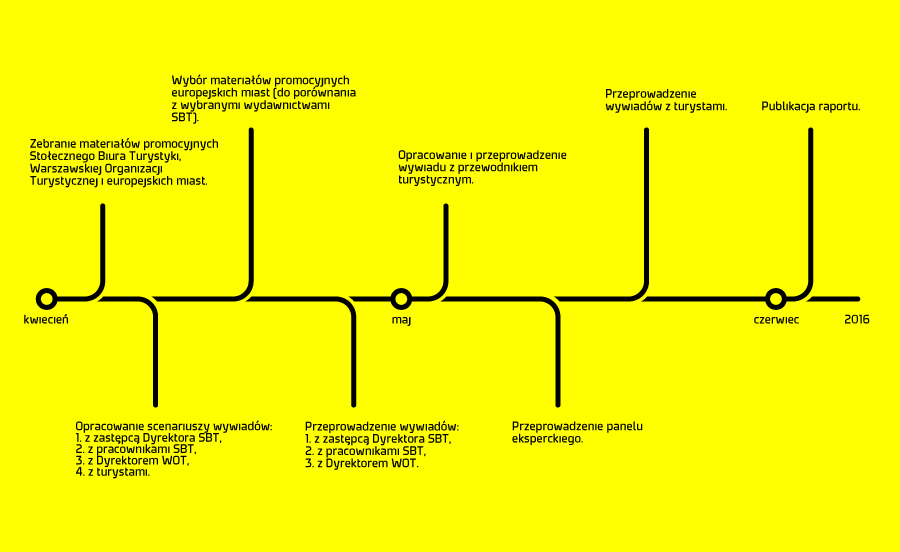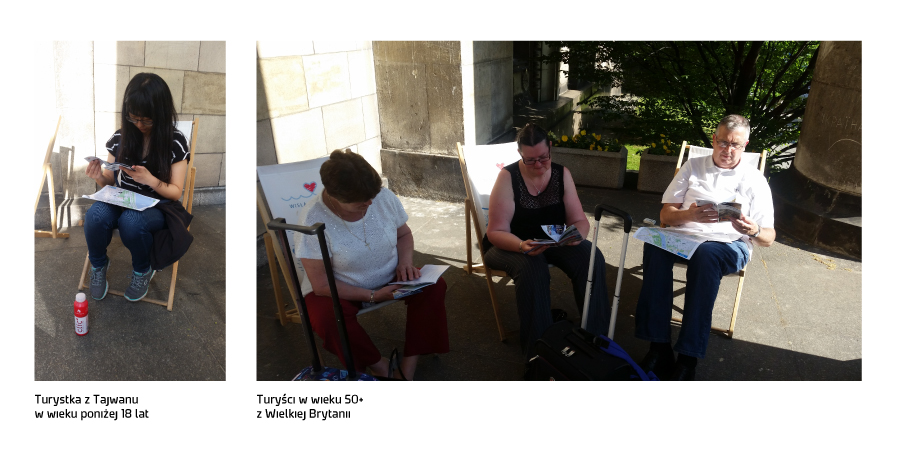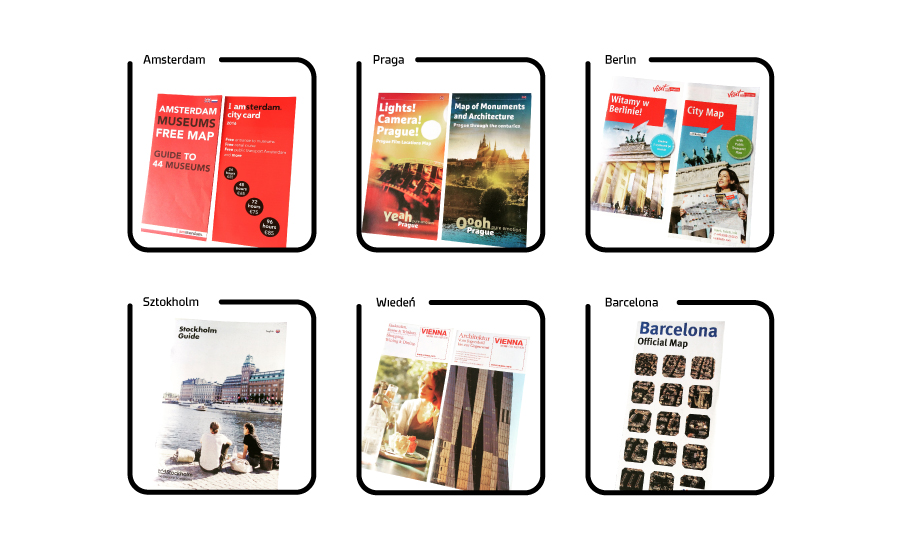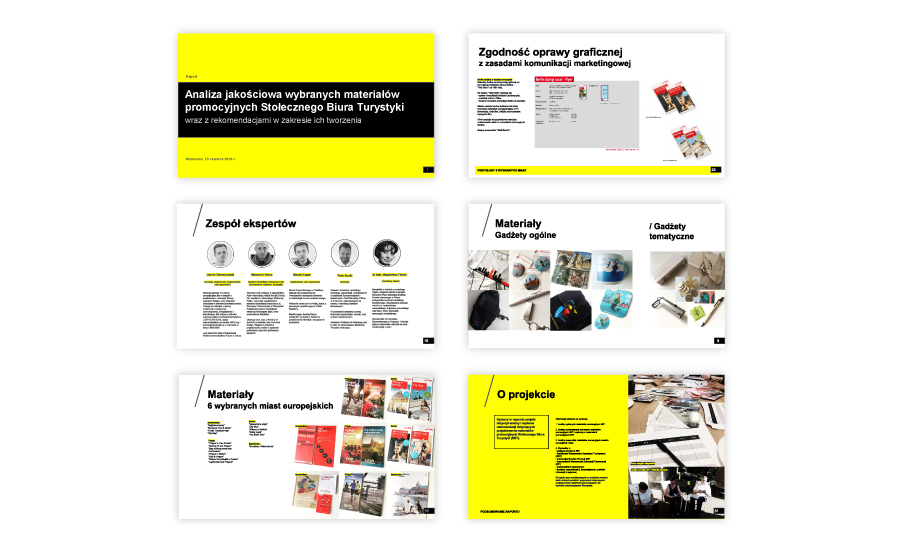UX Warsaw # 2 / Research on tourist materials about Warsaw
The UX Warsaw project, i.e. our research on the experience of Warsaw tourists, opened our eyes to the many dilemmas faced by tourists visiting Warsaw. UX Warsaw # 2 is a continuation of these observations and the conclusions drawn from them, i.e. a deeper analysis of how tourists see Warsaw, how tourist resources can facilitate their Warsaw adventure, modernize it and make them want to return to Warsaw on a wave of good impressions.
This time, at the request of the Warsaw Tourist Office, we examined the promotional materials that Warsaw distributes at tourist information points: brochures, maps, guidebooks, gadgets - everything that should theoretically be helping tourists explore the city. And here the question was, do these materials really help? And what can be changed to give tourists the right tools to explore the city on their own in an interesting way, and at the same time make it easier for them to navigate Warsaw, despite its difficult language and topography? The next question is less obvious, but no less important, how do these tools influence the building of the city's brand?

The team analyzing promotional materials included specialists in user experience, place marketing, branding, visual identity of cities, functional design, typography and human-centered design. The goal of our team was to compare the promotional materials of several West European cities and thus create recommendations for Warsaw. For the purposes of the analysis, we downloaded the tourist materials of Amsterdam, Barcelona, Berlin, Budapest, London, Oslo, Paris, Prague, Stockholm, and Vienna. We selected six cities from among them, whose materials were considered the best: Amsterdam, Barcelona, Berlin, Prague, Stockholm, Vienna.

The goal of the team’s work was to develop a new look for Warsaw’s tourist materials so that they could meet the expectations of tourists and at the same time maintain the standard of traditional materials. And this is where we started, by analyzing the materials of several cities in Western Europe popular with tourists: maps, brochures, leaflets - everything that the average tourist could encounter during their journey, and everything that they find helpful in exploring a city on their own.
The team considered various aspects. We looked at the layout of the materials and the narrative (storytelling). We verified whether the materials of a given city upheld graphical consistency between different publications. Furthermore, we assessed the usability of these materials. We checked, for example, how easy it is to navigate the city from the very beginning or whether it is easy to remember how to use a given publication.
The design of every marketing material, including promotional materials, should start with answering the questions: WHAT? WHY? HOW?
Therefore, comforting, comprehensible and interesting publications will be created when the following questions are answered:
Such questions should be at the back of every team’s mind that works on a publication for tourists. What this does is to make sure that the brochure or map actually fulfills the mission entrusted to them, provides the right information, sets out directions for visiting, and is not just a visual shell without content.


Tourism is changing. We learned this while conducting experiments in the UX Warsaw project or usability tests in the UX Warsaw # 2 project. This only confirmed our belief that the goal of modern tourists is not to tick off points from a list of the most famous monuments. Rather, they are more interested in places outside the standard "repertoire". At the same time, different tourists have different goals, which are rooted in their interests or origin. The content of the materials should reflect this diversity, including thematic paths and various ways of visiting the city.
The rest is a matter of logic, but this is often lost among the sheer volume of published material. Their coherence, communication of the city's brand value and even the - seemingly obvious - use of its characteristic symbols are conducive to building a uniform image of Warsaw. This holistic approach guarantees that tourists will leave not only with the feeling of being well-informed, but also impressed by a place with a distinctive voice and style. This means that instead of being remembered by tourists as bland, Warsaw will acquire character, and this is the key to success.